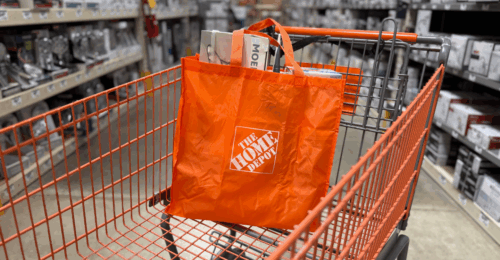Contributed by Gardener & Nursery Professional, Annie Joseph
A healthy garden is home to many different plants and flowers, along with birds and diverse insect populations. We all know that occasionally there are pest insects in our gardens, but may not be aware that there are many beneficial insects, or “good bugs”, that keep the pest insects in check.
To keep the balance in your garden, beneficial insects must have a food source: either pest insects, or nectar and pollen from a wide variety of blooming plants. Many gardeners are interested in reducing chemical use, and providing a safe environment for beneficial insects is very helpful in that effort. The use of chemicals can also kill these beneficial insects, and that can upset the balance we are trying to achieve.
There are a number of insects (good bugs) that eat pests (bad bugs) in the garden. Here are a few:
- Green lacewing adults are nectar and pollen feeders, but their larvae eat aphids, thrips and spider mites that feed on plant juices, causing the plants to loose vigor and to have distorted new growth.
- Lady beetles and their larvae are both general predators of aphids, spider mites and mealy bugs. Those pests damage our garden plants by piercing and sucking plant juices from plant cells.
- Soldier beetles are identified by their beautiful orange and tan coloration. Both adults and larval forms eat soft-bodied insects that feed on plant juices. They also feed on caterpillars that eat our prized flowers and plants.
- Syrphid fly larvae feed on aphids, thrips and leafhoppers, all of which suck plant juices and cause plants to decline. They also feed on caterpillars that chew on our garden plants.
Cornell University’s “A Guide to Natural Enemies in North America” provides helpful pictures of these insects and information on their lifecycles. And helpful pest fact sheets are available at Our Water Our World’s website.
Variety Helps
Gardeners have known for generations that keeping a healthy assortment of flowering plants (some of which are also herbs or vegetables) in the garden also contributes to the overall health of the whole garden community. There are many ways to accomplish this, including planting a few of the plants from the list below right in your vegetable garden. Besides, who minds a few beautiful flowers thriving among the tomatoes and cucumbers? For small garden spaces, including apartment balconies, one great way to accomplish this is with a ‘Good Bug Tub’. The concept of the Good Bug Tub has been used successfully in the San Francisco Bay Area for many years. Gardeners of all ages will appreciate the beautiful flowering plants that attract beneficial insects. It’s educational and enjoyable to observe the variety of ‘garden helpers’ that will visit the Good Bug Tub over the course of the season – and children especially will be fascinated by the diversity of life right in their own back yard!
All you need to make a Good Bug Tub is:
- A generous-sized container
- High-quality potting soil
- Organic fertilizer
- Water
- And, of course, the right plants
What to Plant
In general, plants that produce masses of smaller flowers on each stem are just what the good bugs love. A small sample list includes Annuals (which live just one season), Perennials (which may live for more than one season) and Herbs (Yes, some are edible!).
In a larger garden, the following plants should be incorporated right into the landscape and into the larger vegetable garden, and additional plantings can be planted in ‘Good Bug Tubs’. In a smaller garden setting, one or more Good Bug Tubs can really help to keep the good bugs healthy and sticking around your garden to do their work.
You can make beautiful assortments of flowering plants in these tubs, and the more variety the better for attracting beneficial insects.
Plants to Use in Good Bug Tubs
|
Annuals Bachelor Buttons Calendula Cosmos Feverfew Mexican Sunflower Sunflowers Sweet Alyssum Zinnias
|
Perennials Ajuga Asters Catmints Chrysanthemums Cinquefoils Coneflowers Coreopsis Lavender Scabiosa Sea Pinks Yarrows |
Herbs Basils Borage Chervil Coriander Dill Fennel Feverfew Garlic Chives Mints (Plant mint in containers only) Sweet Marjoram |
Check with your local Home Depot Garden Center to learn which of these plants are appropriate and available in your local area, and which are in season at a particular time. Additional plant and good bug lists can be found at Our Water Our World and at organicgardening.com.
Annie Joseph is a lifelong gardener and nursery professional. She coordinates the “ Our Water Our World Program’” in California. Our Water Our World is a water pollution-prevention program that partners local municipalities with retail nurseries and home centers to highlight and promote healthy gardening practices that protect people, pets and the environment. To learn more about the benefits of less toxic gardening, go to www.ourwaterourworld.org.






